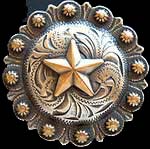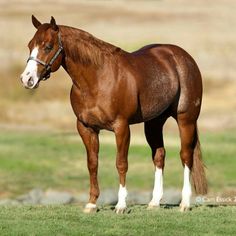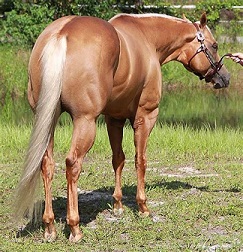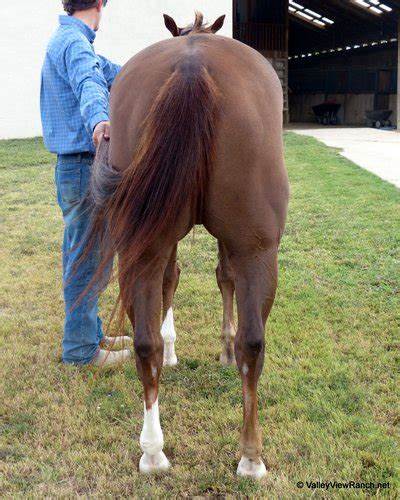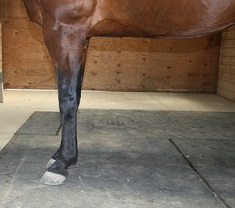Subject: BITS -- They are more about hands than mouths.
First I want to start out by telling you something I was told by a cutting horse trainer that I worked for when I was a kid. She said that bits to a horseman, were like tools to a carpenter. You need different tools for different parts of the job. You can't just have a hammer and expect to drive in screws or level a board with it. Each tool has a job and you first have to learn what each tool does and how to use it properly. If you use a hammer to try tighten a screw you are going to end up with a mess. The same is true with bits. You have to LEARN what each bit does and the effects that it is supposed to have when used correctly. So make sure you find out the mechanics of the different types of bits and how they function and what result you should have with it.
Secondly, you have to give the horse time to learn about the bit too. Let's say you are moving your horse out of a ring snaffle and into a short shanked snaffle with a little curb strap. Do you think you should just put it on and expect the horse to understand what the pressure under his chin is supposed to mean? NO. You have to teach the horse what the correct response is supposed to be when he feels that new pressure under his chin. You can't just throw a new bit on because your friend says that it will give you "lift" or "bend". You have to take a few rides to show the horse what the desired response is from the new movements it is feeling from the bit. Yes, the bit is designed to create a certain response like "lift" or "bend". And it will get that effect easier than other bits not made for that purpose, but it still takes time for the horse to learn it. So instead of throwing a new bit on and making a run and then saying.. "well that didn't work", try spending a few days letting the horse understand the response you want from that bit.
And now that I've stood on my soapbox about how to use bits as a HORSEMAN, and not just a dude with a horse and a mission to make a fast run, I would like to let you in on something I've learned about myself and about bits. And that is that Bits are more about peoples hands than they are about the horses mouth. I've used that statement a LOT and what I mean is that every person rides a little different and every person has a different "feel" to their hands. Just the same as every horse has a little different mouth. And what I've learned is that certain bits work for me and the way that I use my hands. I've had horses that I've had extreme success with in a certain bit and someone else tries to run that horse in that bit and it does NOT work. Our hands work differently. Just because a certain bit is popular and works for a lot of people doesn't mean it will work for you. You need to find out which bits work for you and your hands and never let go of those bits. Chances are that they will work for most horses you will own or ride (assuming you take the time to teach each horse what you expect with that bit). So don't ever sell the horses bit just because you sold the horse. You might be getting rid of YOUR success as a rider.

